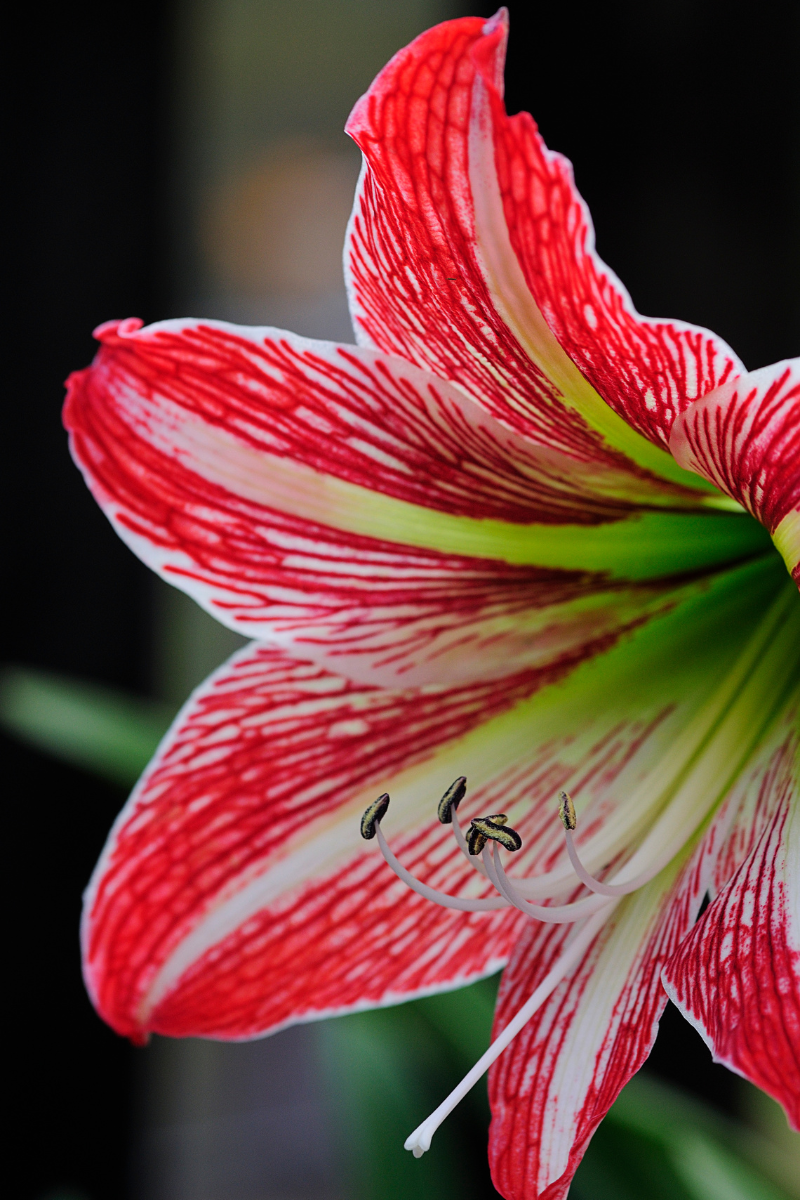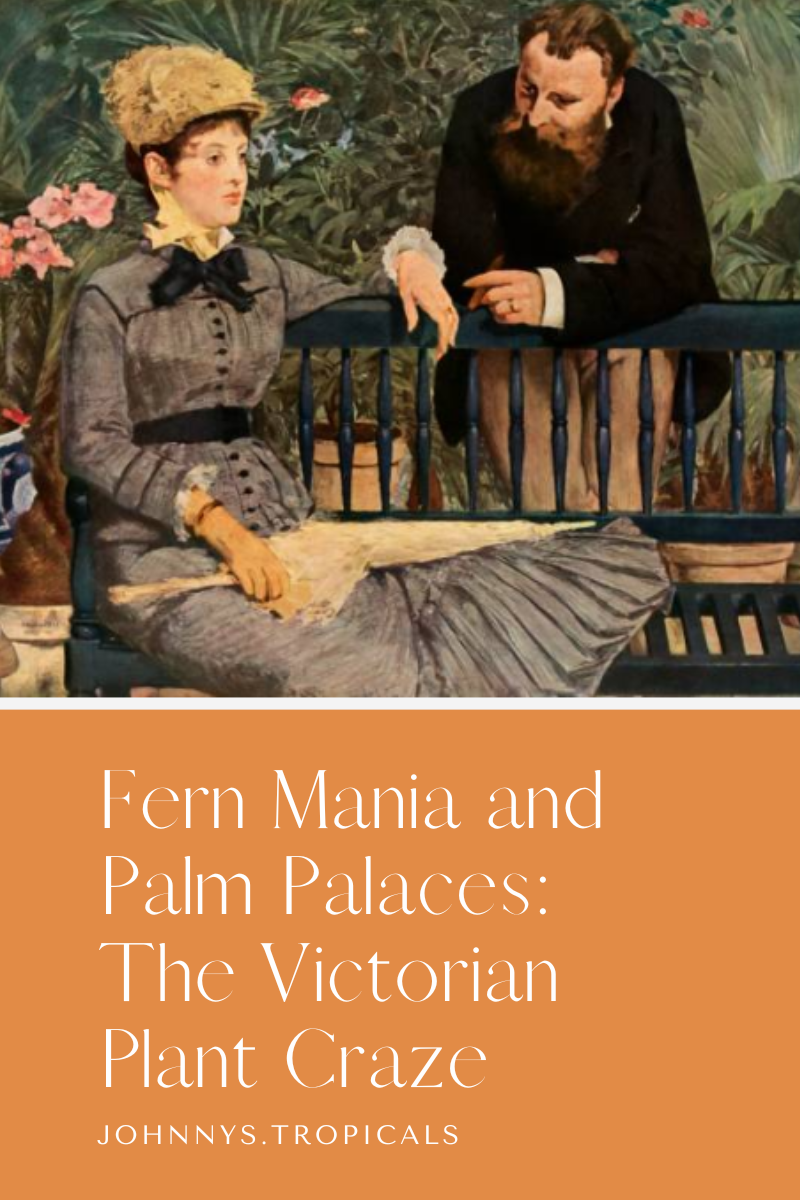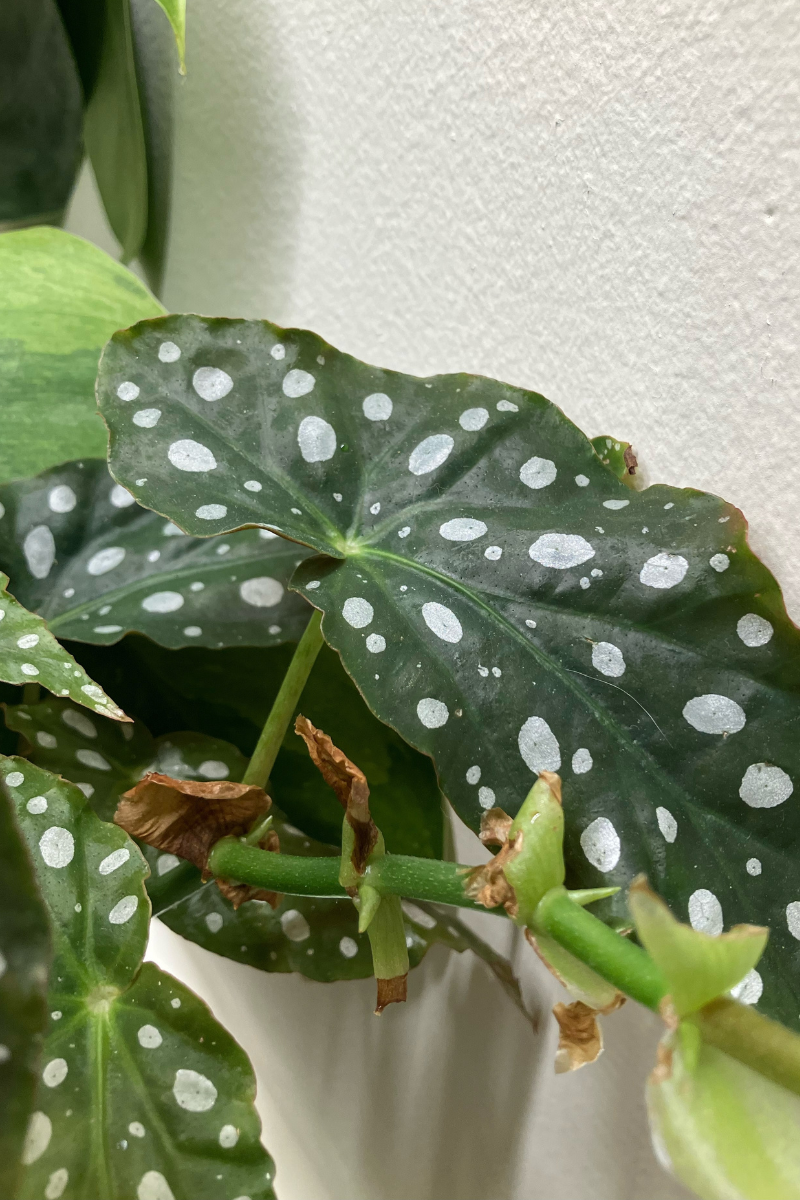
What’s Up With the Latin Names? The Fun Behind Scientific Plant Naming
Have you ever walked into a plant shop and seen labels like Monstera deliciosa, Ficus lyrata, or Dracaena marginata and thought, Why all the Latin? Why not just call them “Swiss Cheese Plant,” “Fiddle Leaf Fig,” or “Dragon Tree”?
The world of Latin names may seem intimidating, but it’s actually fascinating — and a little quirky. Let’s explore how plants get their scientific names, why this system exists, and how it makes life easier for plant enthusiasts like us!

The Fascinating Process of Guttation: Nature's Nocturnal Hydration
If you’ve ever noticed tiny droplets of water on the edges and tips of plant leaves early in the morning, you’ve witnessed a process called guttation. This fascinating phenomenon, often mistaken for dew, occurs when water moves through a plant and is expelled at night. Unlike dew, which forms due to condensation from the atmosphere, guttation is an internal process driven by the plant's own water pressure.

A Blooming History: Forcing Amaryllis and Paperwhites
Amaryllis and paperwhites— timeless favorites, often given as gifts this time of year bring life, color, and fragrance to indoor spaces during the cold months. The tradition of forcing bulbs indoors—coaxing them to bloom out of season—dates back centuries. The practice emerged as a way to enjoy vibrant flowers during the dormant winter months, particularly in colder climates where outdoor gardens offered little color.

Fern Mania and Palm Palaces: The Victorian Plant Craze
The Victorian era was the birthplace of the houseplant craze. Thanks to advancements in global trade and transportation, exotic tropical plants from far-off lands began arriving in European markets. The introduction of greenhouses, like England’s iconic Crystal Palace, allowed these botanical treasures to thrive in colder climates and brought them within reach of the wealthy. Suddenly, palms, ferns, and flowering exotics weren’t just plants—they were symbols of status.

Christmas Cactus - the Secret to Stunning Winter Blooms
Did you know the Christmas cactus (Schlumbergera × buckleyi) isn’t your typical desert dweller? Unlike its spiny cousins, this tropical plant is native to the cool, humid rainforests of southeastern Brazil. Its cascading blooms are a beloved holiday highlight, brightening homes during the coldest, darkest months of the year. With the right care, this festive favorite can thrive for decades, bringing joy to generations.

The Horticulturist’s Gift Guide
Looking for the perfect gift for the plant lover in your life—or maybe a little treat for yourself this holiday season? Whether you're a budding horticulturist or a seasoned plant parent, these are some of our favorite tools and resources - check them out with the links below.

Understanding Fenestration: Why Some Plants Have Holes in Their Leaves
If you’re a plant enthusiast, you’ve likely come across plants with leaves that have mysterious holes, splits, or transparent sections. But did you know there’s a scientific term for this? It’s called fenestration!

Understanding Variegation: A Deep Dive into Nature’s Patterns
Variegation is a term that has become a buzzword in today’s plant community. But what exactly is variegation, and what causes it? At its core, variegation refers to the appearance of different colors on the leaves or flowers of a plant, typically in distinct and alternating patterns. These variations are not just random; they are the result of various biological processes that create stunning visual effects, making variegated plants highly desirable among enthusiasts.